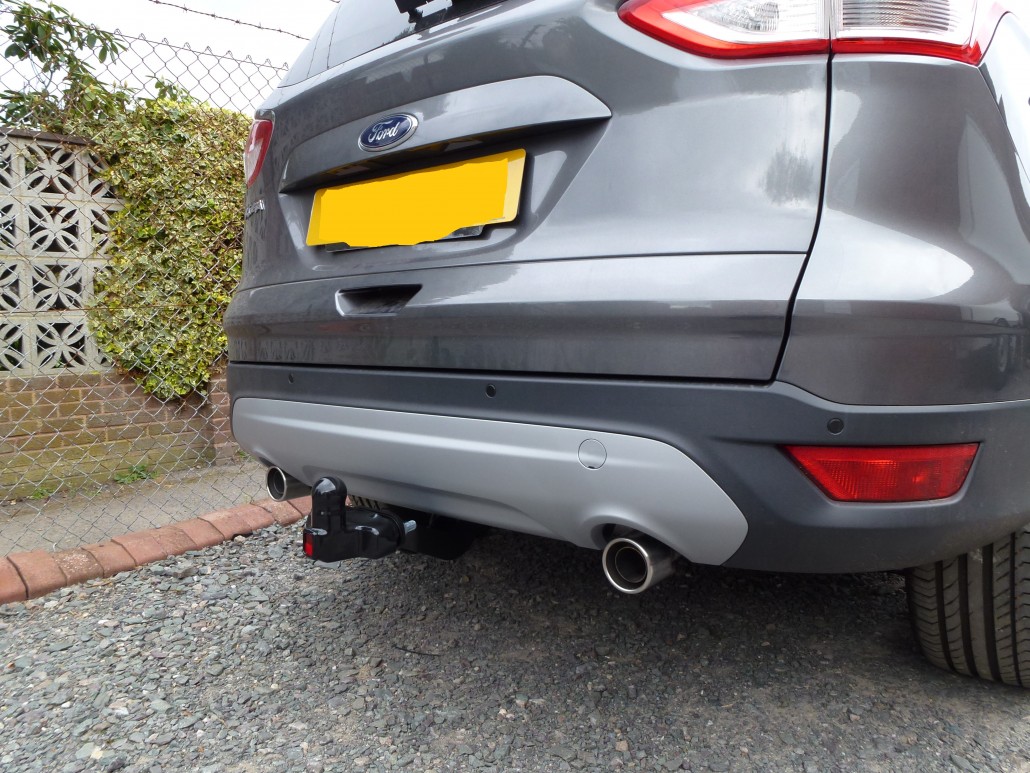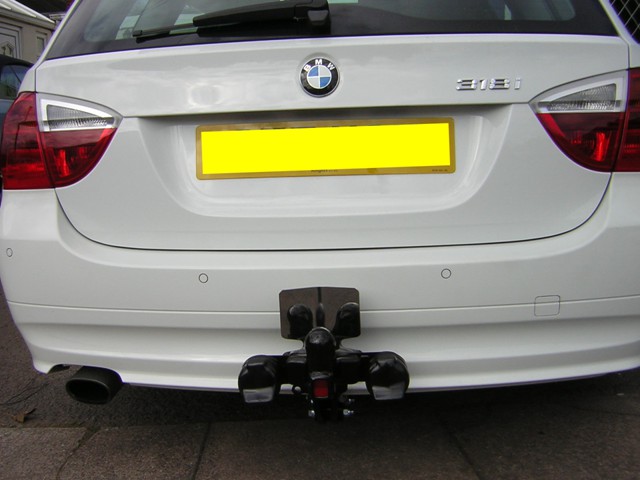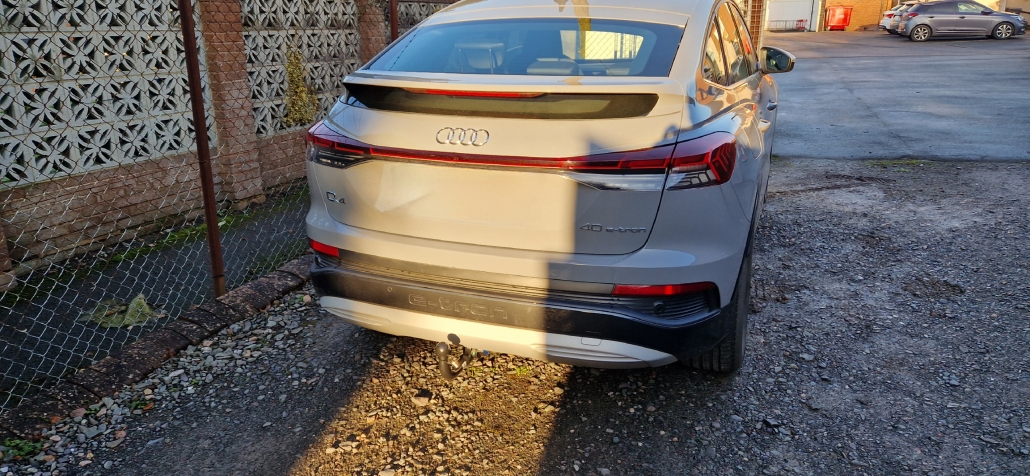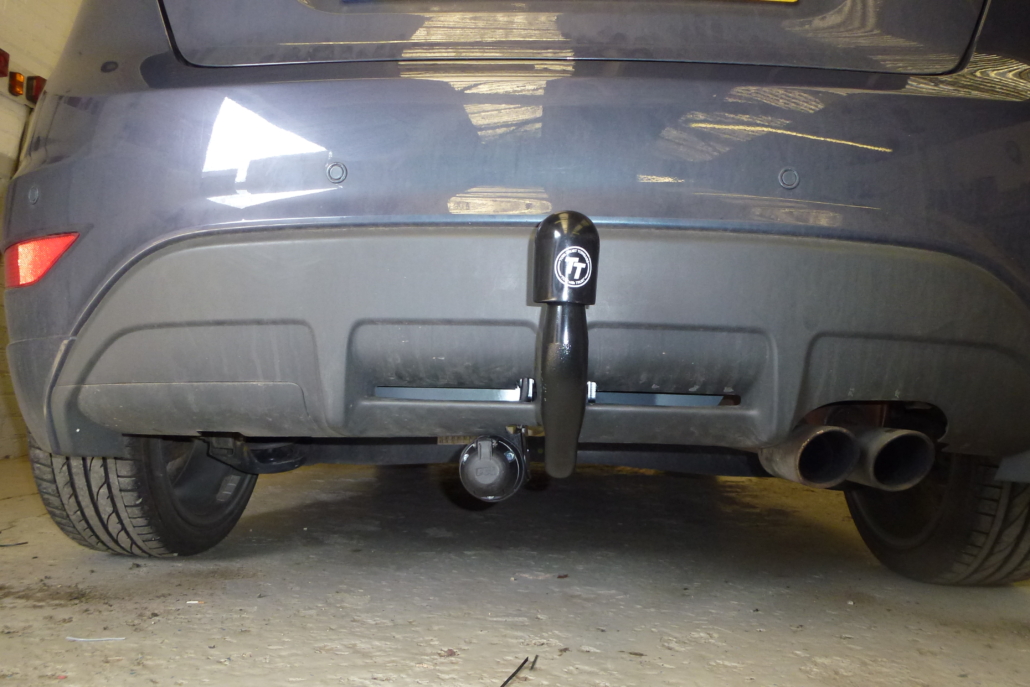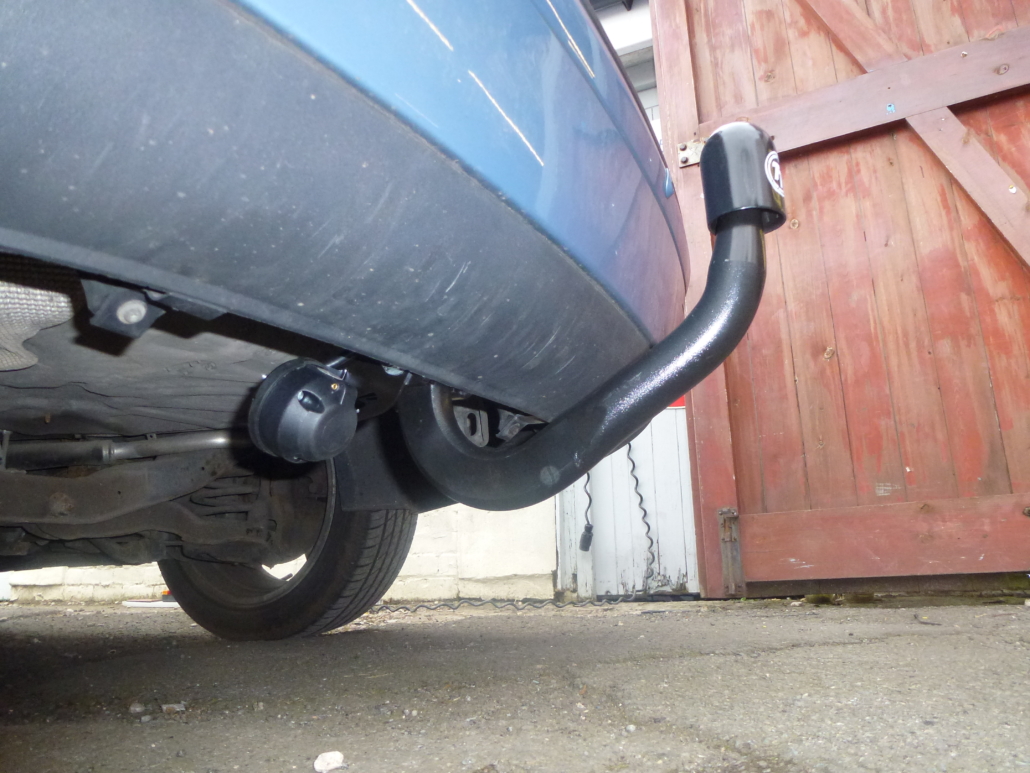Benefits
- Cheaper cost compared to detachable towbars
- Compatible with accessories like Steps, Bumper protector plates and bike rack brackets
- Various towballs can be used like Alko towball and pin ball and jaw
- Spacers and height adjusters can be used if needed
Disadvantages
- Always on show and can look bulky
- Risk of setting reversing sensors off as a physical object is permanently behind your vehicle
- Can be easily walked into while accessing boot or walking around vehicle.
Benefits
- Detachable neck can be completely removed from vehicle
- Mostly or completely invisible when neck is removed so it is more appealing
- No risk of walking into the neck when removed
- Compatible with ALKO and friction style stabilisers
- Ball clamping bike racks can be used easier
- Lockable neck so it can’t be stolen
- Won’t effect reversing sensors when towbar is removed
Disadvantages
- More expensive compared to fixed flange and swan neck towbars
- Can be harder to attach and remove as it is low down and under the bumper
- Shorter warranty
- Can be damaged if dropped
- Expensive to replace if lost of damaged
Benefits
- Cheaper then a detachable towbar
- More pleasing to look at compared to a fixed flange type
- compatible with Alko and friction style stabilisers
- Less chance of setting off reversing sensors due to the smaller size but still no guarantee that it will not set them off
- Compatible with ball clamp bike carriers
Disadvantages
- Still have a possibility to set off reversing sensors
- Can’t fit attachments like bumper protectors
- Can be easily walked into while accessing boot or walking around vehicle.
Scroll to top

